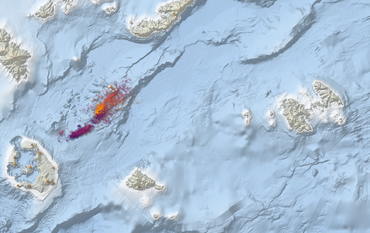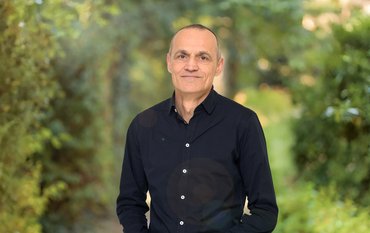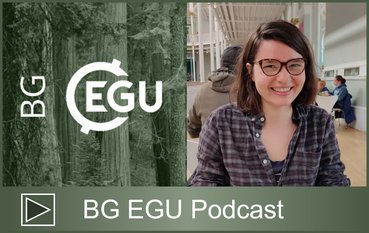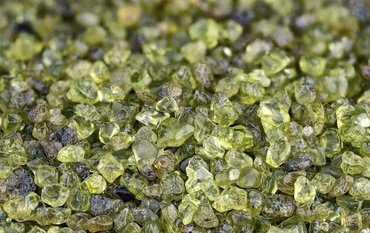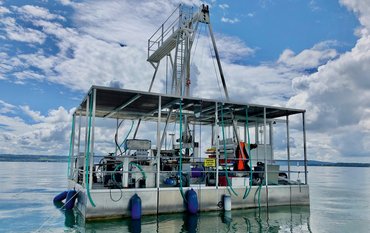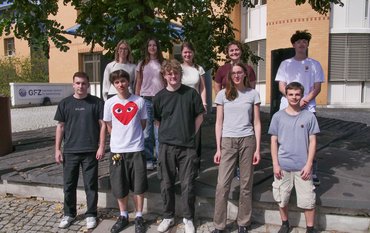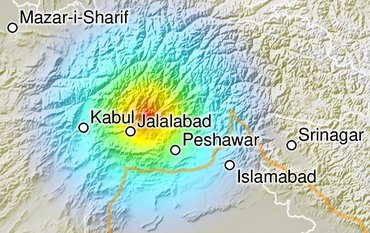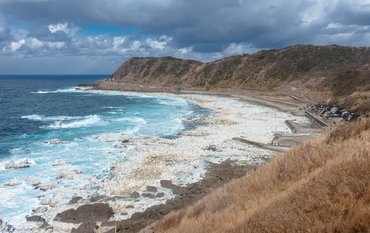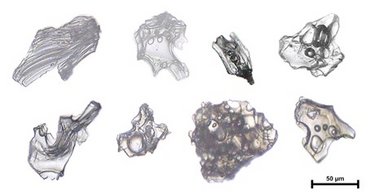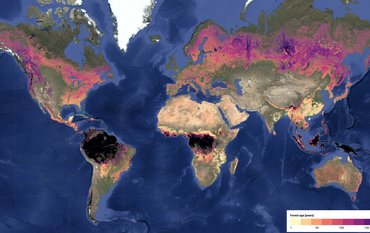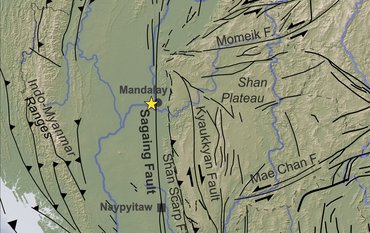Prof. Claudio Faccenna, head of GFZ’s Section “Lithosphere Dynamics”, has published a new textbook together with Thorsten Becker, professor at the Jackson School of Geosciences at the University of Texas at Austin and member of the GFZ Scientific Advisory Council.
The English-language book is entitled “Tectonic Geodynamics” and is the first to combine tectonics, structural geology and geodynamics in a single volume. It will be published in November by Princeton University Press and is already available for pre-order.
Claudio Faccenna had been teaching together with Thorsten Becker at the University of Texas in Austin. He says: “We realized that combining tectonics and geodynamics provides a powerful way to understand Earth’s structure. Our aim was to bridge disciplinary gaps and present an integrated perspective.”
Asked what was missing in existing textbooks, he adds: “Many good books exist on tectonics, and others focus on mantle and lithosphere dynamics. However, there was no textbook explicitly linking shallow processes studied by geologists (e.g., deformation, mountain building) with deep Earth processes studied by geophysicists (e.g., mantle convection, plate driving forces). We hope that our book fills that gap by showing how these processes interact.”
The book brings together several different disciplines: tectonics, structural geology, and geodynamics. Tectonics is mainly about large-scale processes shaping the Earth’s lithosphere (mountain belts, rifts, subduction zones) whereas structural geology is about the analysis of deformation features in rocks from outcrops to regional scale (faults, folds, fabrics). Both subdisciplines share their mainly or purely geological perspective.
On the other hand, geodynamics focusses on physical processes driving lithosphere and mantle evolution (e.g., convection, rheology, plate motions), thus, maintaining a primarily geophysical perspective.
The book integrates these perspectives to show how surface structures relate to deep Earth processes. It addresses primarily Master’s and PhD students in Earth sciences but also researchers who want an accessible overview that connects geology with geophysics. Claudio Faccenna says: “We kept explanations clear, with illustrations and exercises, so it can also support teaching at upper undergraduate level.”
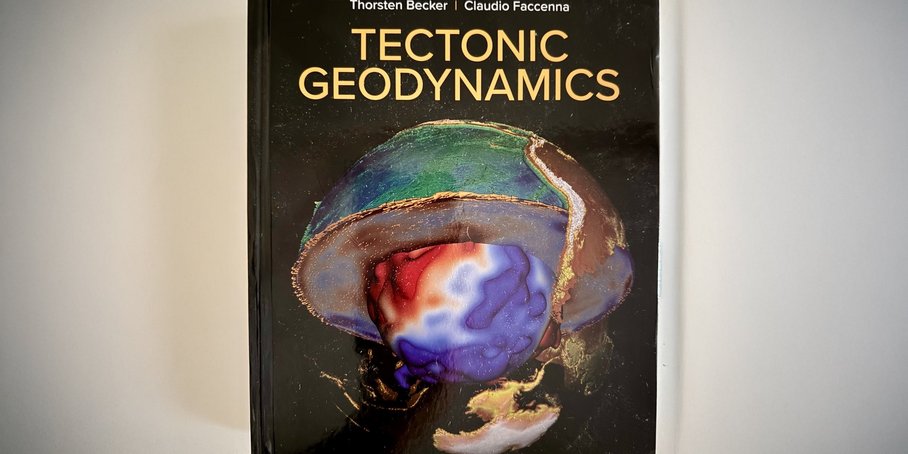
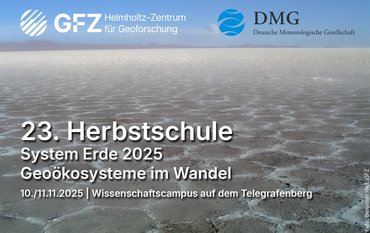
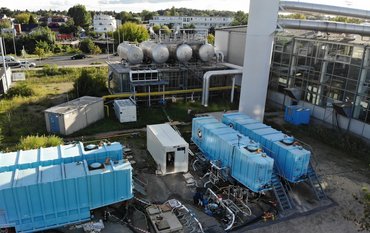
![[Translate to English:] Group photo with 8 people in a seminar room in front of a screen.](/fileadmin/_processed_/2/1/csm_20251114_News_EU-Water-Resilience-Exchange_Kreibich_c-xx_db4e5be690.jpeg)
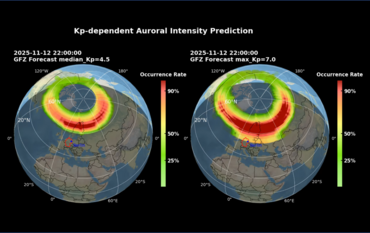
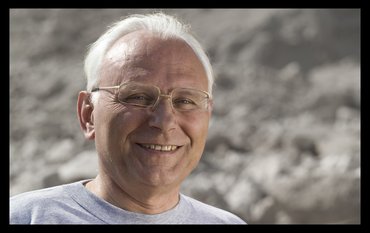
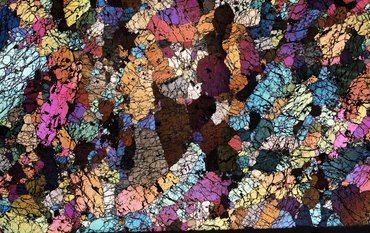
![[Translate to English:] Portrait photo, blurry background](/fileadmin/_processed_/a/2/csm_2025_11_06_JEAN_BRAUN_HE_Helmholtz_Portraits-23_2b5c35beee.jpeg)
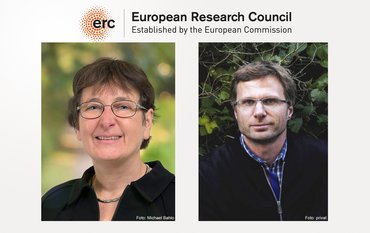
![[Translate to English:] Excerpt from a map of the Phlegraean Fields near Naples, Italy: Left: Red dots mark smartphone sensors, yellow triangles mark fixed seismological stations. Right: The area is coloured in shades of yellow, red and purple according to the amplification of seismic waves.](/fileadmin/_processed_/3/b/csm_20251028_PM_Smartphone-Earthquake_Slider_12500fa0e6.jpeg)

![[Translate to English:] Green background, portrait of Heidi Kreibich](/fileadmin/_processed_/1/1/csm_20251023_Kreibich-Heidi-2025-Vollformat-green_web_-c-Michael-Bahlo_72946c7fe4.jpeg)
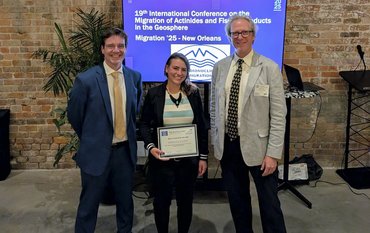
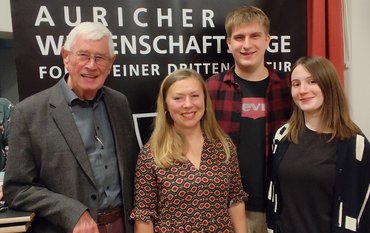
![[Translate to English:] semicircle depicting the future missions, graphics of the new satellites](/fileadmin/_processed_/3/d/csm_2025_10_08_Copernicus_Erweiterung_3f08a76a33.png)
![[Translate to English:] Portrait picture](/fileadmin/_processed_/f/4/csm_Magnall-Joseph-Kachel-c-privat_36e23315c3.jpeg)

